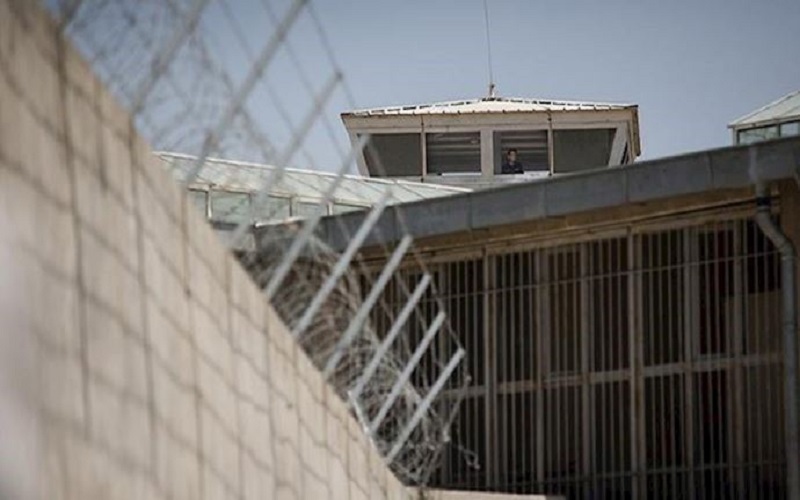
The Iranian regime has turned its prisons into centers of exploitation, where thousands of prisoners are subjected to inhumane labor practices. Under the guise of prison administration, the regime harnesses this forced labor for substantial financial gain, treating prisoners as a cheap, expendable workforce. This grave abuse has garnered international attention, with the United Nations recently highlighting these practices as a stark example of modern slavery.
International Condemnation of Forced Labor in Iranian Prisons
On August 28, the United Nations website published a written statement submitted by a non-governmental organization, condemning the Iranian regime’s use of prisoners as forced labor. The UN report categorizes this exploitation as one of the most blatant forms of contemporary slavery, shedding light on the horrific conditions faced by prisoners in Iran.
The report details how Iranian authorities systematically rent out prisoners’ labor to various private and government sectors. The primary incentive for these sectors to engage in such practices is the extremely low cost of this labor—far below the standard wages in either the private or public sector. Additionally, prison administrators confiscate at least three-quarters of the prisoners’ salaries, leaving them with meager earnings that are insufficient to meet even their basic needs.
Prisoners are often forced to work long hours in grueling conditions, with no legal protections or labor rights. They are typically employed in prison workshops or sent to work in hazardous environments like mines and quarries. The situation for female prisoners is equally dire—they are compelled to work in sewing workshops, packaging goods, cooking, and baking for paltry wages. For instance, female bakery workers earned as little as $2.9 per month in 2020, a sum that is grossly inadequate to support themselves or their families.
The exploitation is further exacerbated by the constant threat of violence. In Tehran’s Grand Prison and Fashafuyeh Prison, guards reportedly use torture as a means of coercing prisoners into increasing their productivity. This form of exploitation, carried out under threat of physical harm, is a gross violation of human rights and international labor standards.
A History of Human Rights Violations in Iranian Prisons
The Iranian regime’s use of forced labor in prisons is not an isolated incident, but rather part of a broader pattern of human rights abuses that have plagued the country for decades. Since the establishment of the Islamic Republic in 1979, Iranian prisons have been notorious for their harsh conditions, systemic torture, and widespread abuse of detainees.
The 1988 Massacre
One of the most egregious examples of human rights violations in Iranian prisons occurred in the summer of 1988, when thousands of political prisoners were executed in a matter of months. The victims, many of whom were affiliated with opposition groups like the People’s Mojahedin Organization of Iran (PMOI/MEK), were subjected to summary trials and swiftly executed. Their bodies were buried in mass graves, and the regime has consistently refused to disclose the locations of these graves or officially acknowledge the massacre.
The 2009 Protests
During the protests in 2009, following the disputed presidential election, Iranian security forces arrested thousands of demonstrators. Many of these protesters were subjected to brutal treatment in detention centers like Kahrizak, where reports of torture, sexual abuse, and extrajudicial killings emerged. The Kahrizak detention center became a symbol of the regime’s ruthless suppression of dissent.
Recent Crackdowns
In recent years, the Iranian regime has continued its campaign of repression, particularly in response to widespread protests. Following the nationwide protests in November 2019, sparked by a sudden increase in fuel prices, and the 2022 protests ignited after the killing of Mahsa Amini in the custody of the regime’s moral police, security forces killed hundreds of protesters and arrested thousands more. Many of those detained were subjected to torture, forced confessions, and unfair trials, followed by long prison sentences or even death sentences.
Political Prisoners and Dissent
Iranian prisons are also filled with political prisoners, including journalists, human rights activists, and members of ethnic and religious minorities. These prisoners often face harsh sentences, solitary confinement, and denial of medical care. The regime’s treatment of political prisoners has drawn widespread condemnation from human rights organizations and the international community.
The use of forced labor in Iranian prisons is a glaring example of the Iranian regime’s disregard for basic human rights. This exploitation is part of a broader history of systemic abuse, suppression of dissent, and gross violations of international standards. The international community must continue to hold the Iranian regime accountable for these atrocities and support efforts to bring justice to the victims of these human rights violations.
As the United Nations and other international bodies shine a light on these abuses, it is crucial to maintain pressure on the Iranian regime to end these inhumane practices and uphold the fundamental rights of all prisoners.
This post was originally published on this site be sure to check out more of their content.






